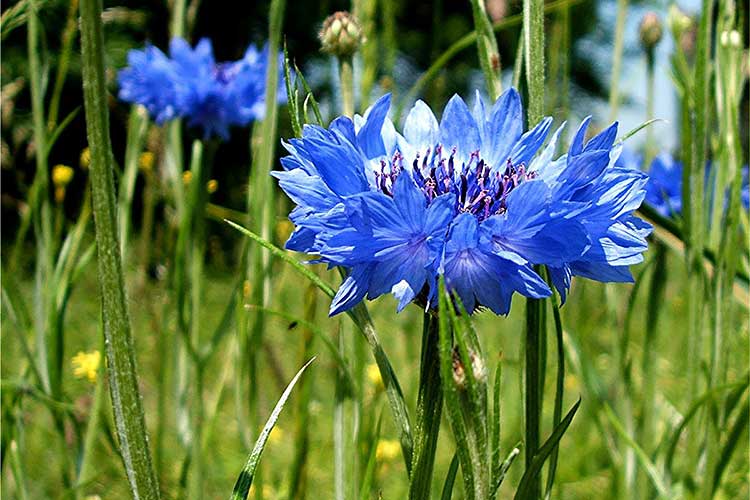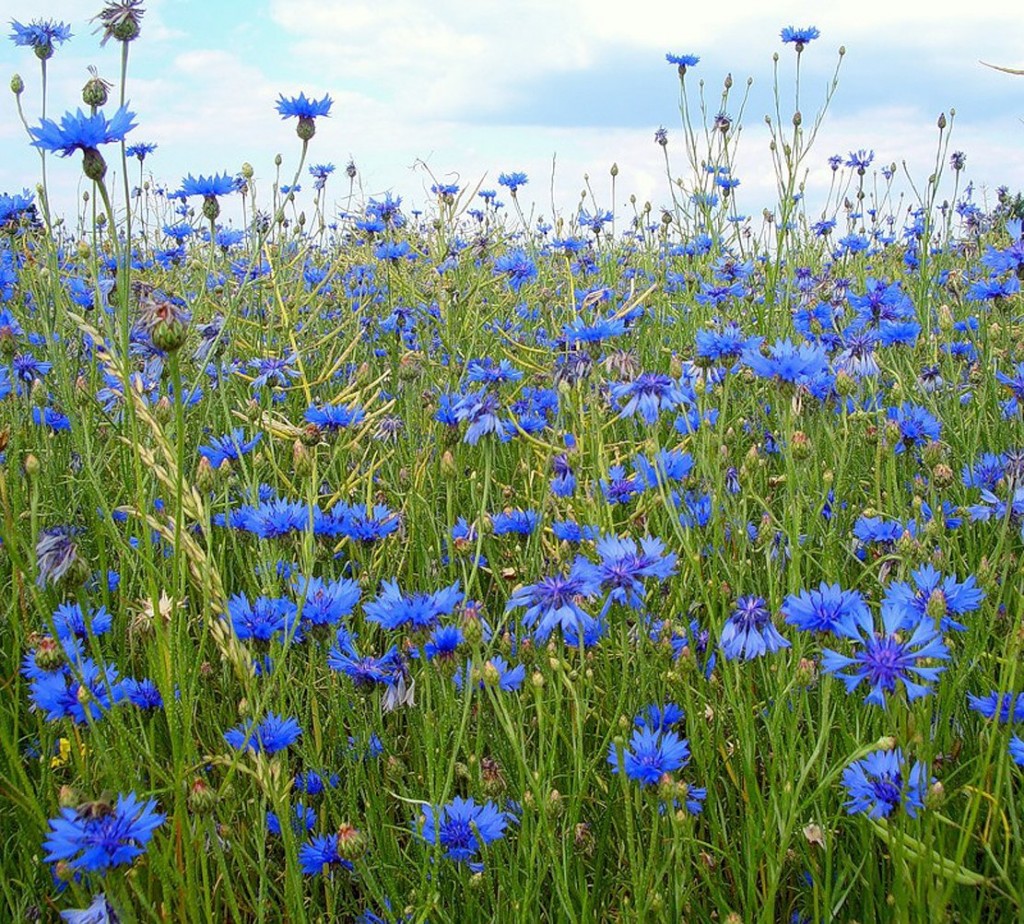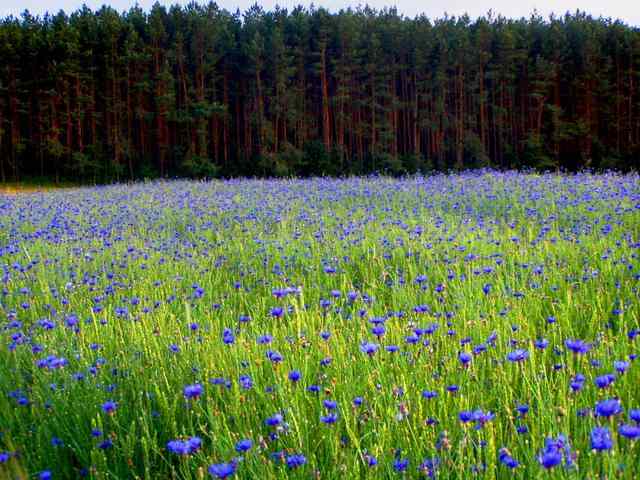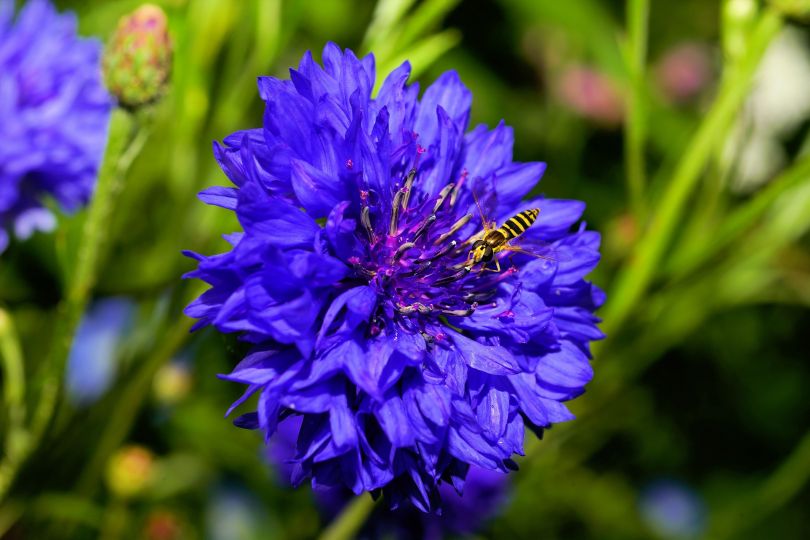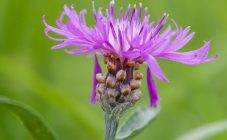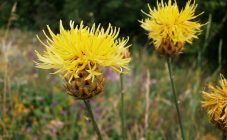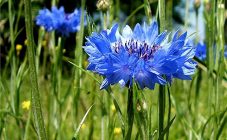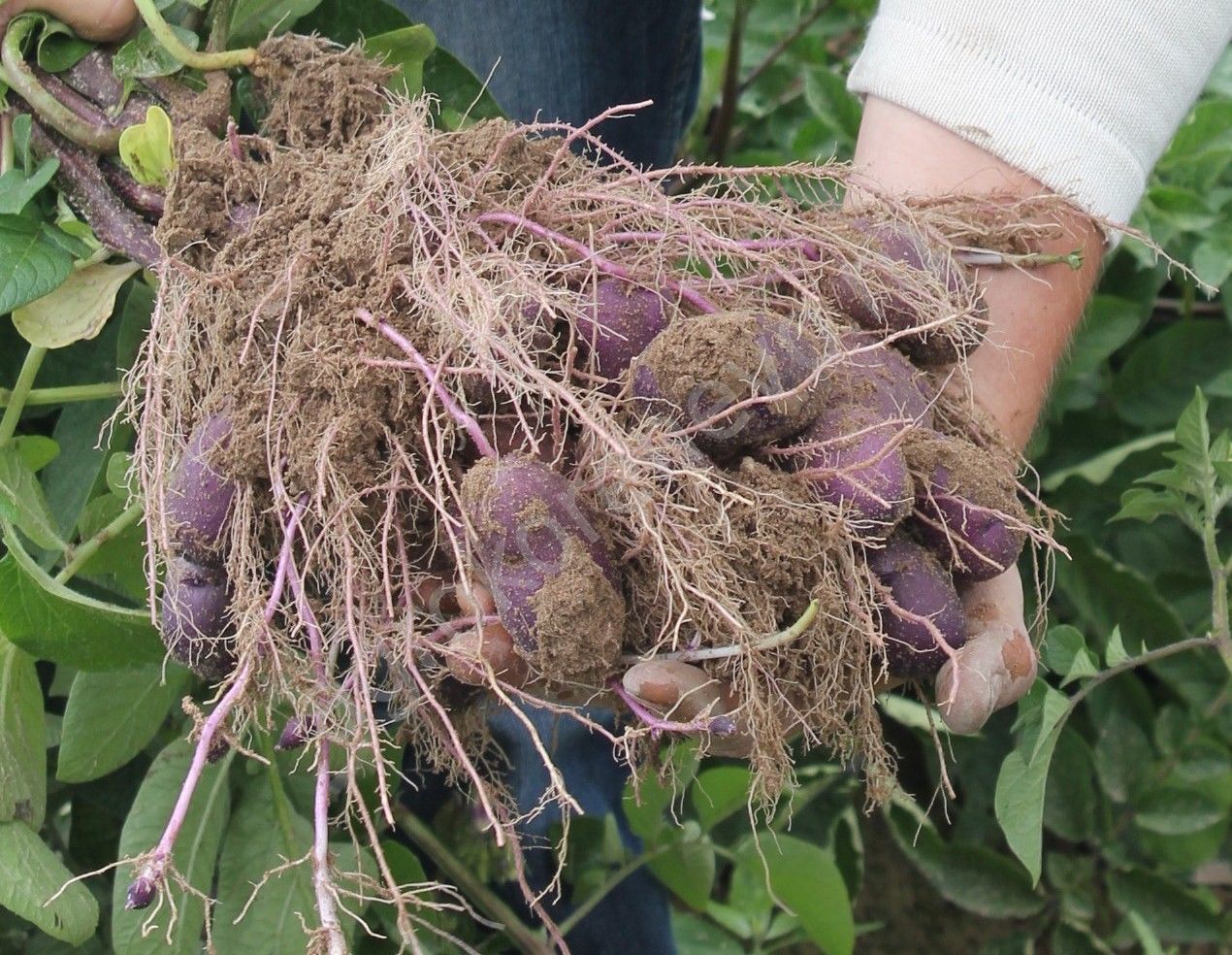Content:
There are many colors that are used to make different potions. One of them is the "blue eye" - cornflower. Blue flowers are the highlight of this plant. It is distributed throughout Russia (except for the Far North), Europe, North America and Africa.
Plant characteristics
The flower belongs to the family of Compositae species (the Latin analogue of the word is Compositae). This herbaceous plant lives in fields, vegetable gardens, near forests and in the mountains. It has both positive and negative properties. This plant has been known since ancient times. In various myths, it is spoken of as a symbol of tenderness and devotion. The cornflower in Ancient Greece was associated with the name of the first healer Asclepius and her student the centaur Chiron.
In Latin, the name of the flower is Centaurea cyanus L. In 1968, the plant became the national symbol of Estonia. His image adorns the choral singing festival that takes place annually in this country.
If the child is sick with a cold, then cornflower infusion is used to lower the temperature. For women, the broth helps with uterine bleeding. They wash their heads with cornflower infusion to eliminate dandruff. Lotions with this flower are used to treat trophic ulcers and some types of eczema.
To obtain the necessary medicines in some countries, it is practiced to grow blue cornflower flowers in greenhouses and in the fields. But there are also limitations in use:
- these medications are contraindicated in pregnancy;
- it is forbidden to use products based on cornflower in large dosages due to its toxicity, since the raw materials contain compounds such as cyanides.
For the correct use of these drugs, it is recommended that you consult with your doctor.
In addition, blue cornflower flowers are added to various dishes in the form of seasonings, and tea is made from them. In some countries, this plant is used to obtain a blue dye.
You can also breed this weed for decorative purposes, as it looks beautiful in flower beds. This peduncle gives a slightly bitter, but pleasant in taste and smell, greenish-yellow honey.
Crop technical data
Cornflower is a botanical subspecies of Aster. This plant is unpretentious to natural conditions. When grown near cereal fields, the flower can act as a dangerous weed.
The description of the plant is as follows:
- It has an erect, highly branched stem, the height of which ranges from 0.8-1 m. The biological cycle of a flower is 1-2 years.
- The root of the cornflower is of the rod type. It's thin but long.
- The lower leaves are petiolate. They look like feathery lobes. Their upper counterparts are lancet-shaped.
- Flower baskets are large. They are wrapped in structures arranged in a tiled set.
- The plant has flowers of 2 types: asexual formations, similar to funnels, develop from the edge of the stem, and bisexual elements in the form of tubes appear in the middle. Their shades change according to the type of blue-violet (GF). Sometimes the second type of flowers is colored white, while the outer formations are completely blue.
- The period of bud development lasts from mid-June to late July. In August, fruits appear - elongated achenes with a red crest.
In many countries, cornflowers are classified as weeds because of their growth in the fields of wheat, rye and other crops. They sometimes grow in landfills. The plant is pollinated by bees.
The flower is unpretentious, tolerates cold well. It is practically not attacked by garden pests. The cornflower has a strong immunity to fungal infections. If it is planted next to grain crops, you need to constantly limit its distribution, otherwise the weed will negatively affect the harvest. Perennial varieties of this plant tolerate winter well, but may die in severe frosts.
Types and varieties of flowers
There are up to 500 types of cornflower plant on the planet, and among them most are perennial species. Of the varieties growing one season, the following plant varieties are distinguished:
- blue cornflower with a stem height from 0.3-0.4 to 0.6-0.8 m;
- undersized plant species, rising upward by 0.2-0.3 m;
- musky varieties, in which, instead of flowers, formations begin to grow, similar to pompons.
Perennial varieties of cornflowers:
- the whitened type has a raspberry, yellow or pink color with a flower height of about 0.6 m;
- the round-headed cornflower (it rises up 0.8-1.5 m) yellow balls form at the top;
- the mountain variety can grow up to 0.4-0.6 m, and its flowers are purple, pink or white.
Collection and storage features
For medical use, only marginal, tubular flowers are harvested, which must be cut off without baskets. The active collection period is late June - early July.
When collecting, use a sharp knife or garden shears. First, the baskets are cut from the plant, from where the petals are then removed. These operations can be done manually.
After that, they start drying in special devices. So that the healing properties do not disappear from the raw materials, it is kept for several hours at a temperature of 50-60 ° C.
Store dried raw materials in a dry, dark room. The duration of the stay of the harvested crop in the warehouse is no more than 2 years. During this period, the raw materials should be used in various decoctions, powders, etc.
You can also grow cornflower for medicinal purposes at home. To do this, select soils with a large amount of lime. The flower is propagated by seeds, sowing them directly into the beds in early April. There should be a distance of about 0.2 m between seedlings. Plants are regularly watered at least 2-3 times a week (the flower loves moisture). Carefully loosen the soil so as not to damage the roots. This procedure is carried out once a month.
If there was a thickening of the plantings, then it is recommended to thin them out. You need to feed the flowers with potash, nitrogen and phosphorus fertilizers 3 times during the entire growing season. Flowers collected at the end of July and dried raw materials are used for a home pharmacy or as honey plants (if there are hives on the site).
Subject to agricultural techniques and proper care of flowers, any florist can grow cornflowers, both for obtaining the necessary medicines, spices and honey, and for decorating a personal plot.
